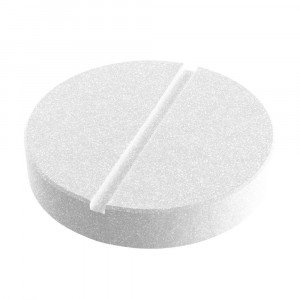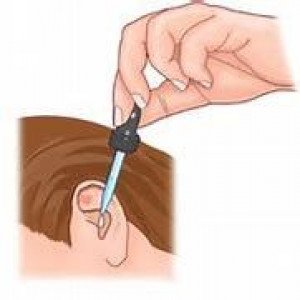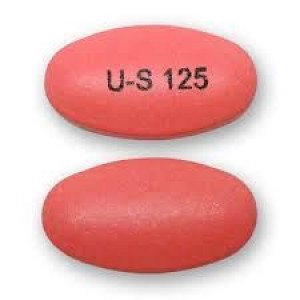 Welcome
Welcome
“May all be happy, may all be healed, may all be at peace and may no one ever suffer."
- A
- B
- C
- D
- E
- F
- G
- H
- I
- J
- K
- L
- M
- N
- O
- P
- Q
- R
- S
- T
- U
- V
- W
- X
- Y
- Z
Vastarel MR 35mg
Metazine MR 35mg
Tablet (Modified Release) - Brands
Modified-release tablets, also known as extended-release or controlled-release tablets, are a type of medication that is designed to release the active ingredient slowly and steadily over a prolonged period. This slow and steady release is intended to achieve a more consistent therapeutic effect, as well as to reduce the number of doses required per day.
There are different types of modified-release tablets, such as:
- Enteric-coated tablets: These tablets are coated with a substance that resists the acidic environment of the stomach and only dissolves in the more alkaline conditions of the small intestine. This coating helps protect the active ingredient from being destroyed by stomach acid and also delays its release.
- Sustained-release tablets: These tablets are designed to release the active ingredient slowly over an extended period, typically 8 to 12 hours. This slow release is achieved through a combination of special coatings, matrices, and other technologies.
- Extended-release tablets: These tablets are similar to sustained-release tablets but release the active ingredient over an even longer period, typically 12 to 24 hours or more.
- Delayed-release tablets: These tablets are designed to release the active ingredient after a certain amount of time has passed or after reaching a specific part of the gastrointestinal tract.
Modified-release tablets can offer several advantages over traditional immediate-release tablets. They can provide a more consistent and sustained therapeutic effect, reduce the frequency of dosing, and may also have fewer side effects due to lower peak concentrations of the active ingredient in the blood. However, they can also be more expensive and may not be suitable for all patients or all types of medications. It is essential to follow the prescribed dosing schedule carefully and not crush, chew, or break the tablets unless specifically instructed to do so by a healthcare provider.
How to use Tablet (Modified Release)?
Tablets with modified release are designed to release medication slowly over time, providing a longer-lasting effect compared to immediate-release tablets. To use a tablet with modified release, you should follow these steps:
- Read the instructions: Before taking any medication, always read the label and the accompanying leaflet carefully. Make sure you understand the dosage, the frequency of use, and any other specific instructions.
- Swallow the tablet whole: Do not crush, chew or break the tablet, as this can interfere with the modified release mechanism and result in an incorrect dose.
- Take with food: Some modified-release tablets need to be taken with food to prevent stomach upset or to enhance absorption. Follow the instructions on the label or consult your doctor or pharmacist.
- Do not alter the dosage: Do not adjust the dosage or frequency of use without consulting your doctor or pharmacist. Changing the dosage may affect the modified-release mechanism and cause adverse effects.
- Do not abruptly stop taking the tablet: Abruptly stopping the medication can cause withdrawal symptoms or interfere with the effectiveness of the treatment. If you need to stop taking the medication, consult your doctor or pharmacist for guidance on how to do it gradually.
- Store properly: Store the tablets in a cool, dry place, away from direct sunlight and heat. Follow the storage instructions on the label or consult your pharmacist.
Always keep in mind that tablets with modified release are intended for a specific medical condition and should only be used as prescribed by a doctor or pharmacist. If you experience any side effects or have concerns about the medication, consult your healthcare provider.

Emulsion

Tablet

Capsule

Ear Drop

Nail Lacquer

Nasal Ointment

IV Injection

Tablet (DR)
Modified Release Tablet, How to use Modified Release Tablet, MR Tablet, পরিবর্তিত প্রকাশ ট্যাবলেট, এমআর ট্যাবলেট
To be happy, beautiful, healthy, wealthy, hale and long-lived stay with DM3S.